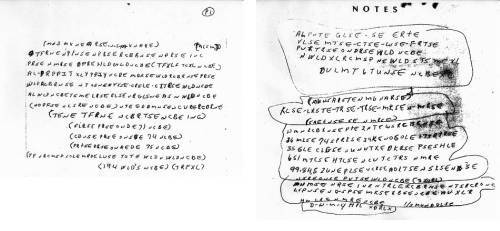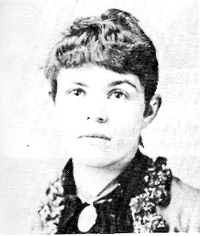Thirty-year-old Polish laundryman Isidor Fink lived and worked in a large room on the ground floor of a tenement block on East 132nd Street in New York. Every door and window was secured with bars, bolts, and locks. Fink sublet two rooms at the rear to an elderly woman, but the door to these rooms was permanently bolted shut on both sides.
On March 9, 1929, Fink returned home at 10:15 p.m. At 10:30, the tenant heard screams and the sound of blows. She summoned a policeman, who found all the doors locked. Finally he sent a small boy through the transom to open the door. Fink’s body lay on the floor with two bullet wounds in the chest and one in the arm, which was powder-marked.
No weapon was found on the premises, the cash register was untouched, and all fingerprints were Fink’s. If this was suicide, where was the weapon? If Fink had been shot from a distance through the transom, how account for the powder marks on his arm? After 82 years, the laundryman’s death has never been explained.




